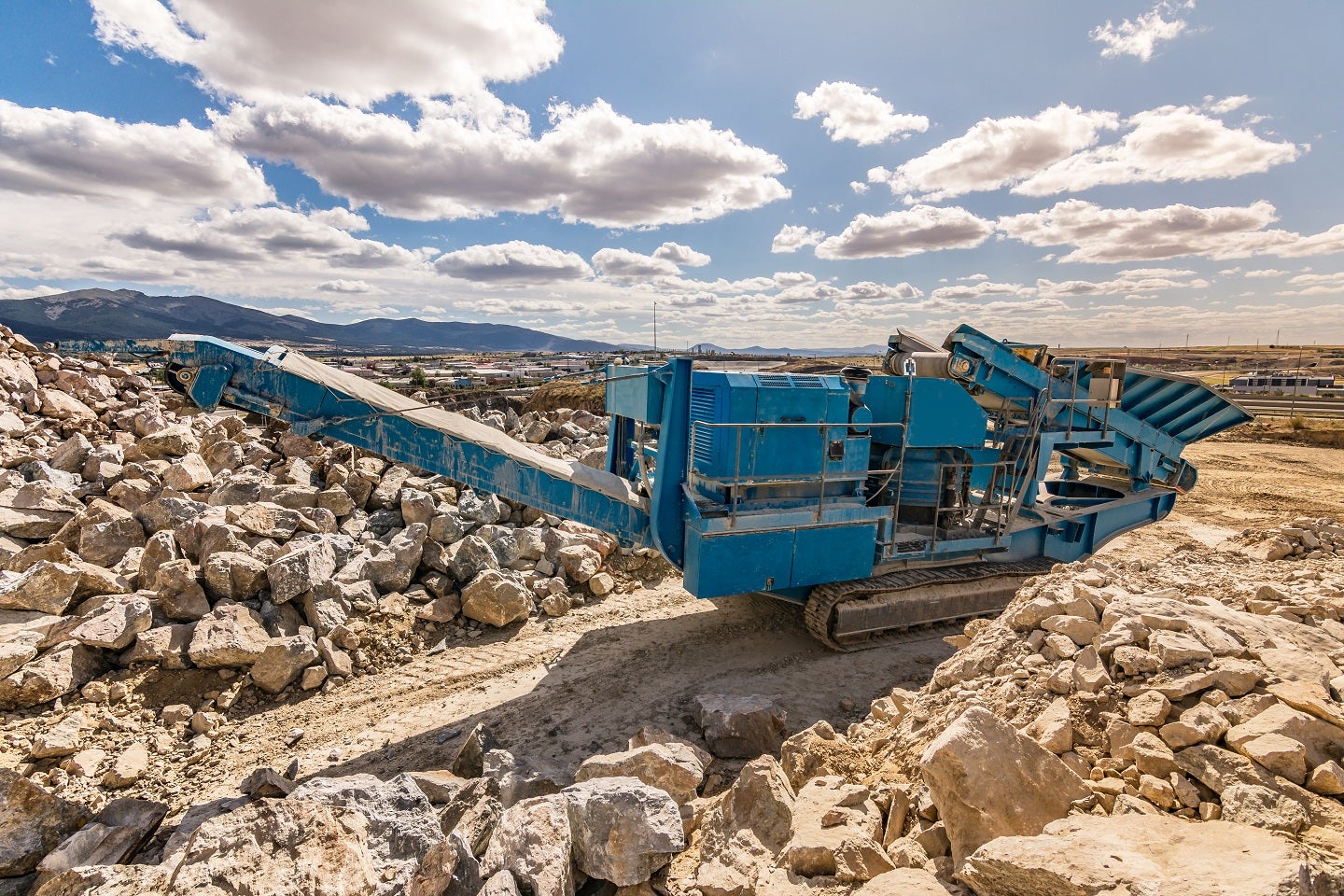continued…
We can see on the chart that the annual CPI rate is under 5% almost eighty percent of the time and that prices actually dropped about ten percent of the time (red years 1920’s, 1930’s). The potential for volatility increases, though, because of the cumulative effects of inflation.
CUMULATIVE EFFECTS OF INFLATION
The first year pictured on the chart is 1914, one year after the inception (1913) of the Federal Reserve. Prices rose by one percent in 1914, followed by a rise of almost two percent in 1915.
Now, imagine that the two percent rise in 1915 was stacked on top of the one percent rise in 1914, followed by each subsequent year being posted similarly. Each succeeding year adds to the height of the first and only column.
The exceptions to the continually increasing height are the years shown in red, which result in reducing the effects of inflation and decreasing the height of the column temporarily.
After a more than one hundred years of inflation, the single column won’t fit on a single page, if we use the same scale as in the horizontal bar chart above.
The cumulative effects of a century of inflation are thus: the U.S. dollar has lost ninety-nine percent of its purchasing power. That means that it takes one hundred times as much for the goods and services we buy as it would without the effects of inflation.
WHERE WE ARE NOW
In a very real sense, the U.S. dollar has already collapsed. Nearly all of the dollar’s loss of purchasing power has occurred since the depths of the Great Depression in the 1930s. As much as the Federal Reserve might prefer otherwise, most of its time is spent reacting to the cumulative, more extreme effects of the inflation they have created for more than one hundred years.
When the Fed chair talks about “reducing inflation”, what he means is that the Fed is trying to control the effects of inflation which the Fed, itself, has been creating since its inception in 1913. Interest rate manipulation might affect the activity of consumers and investors in negative ways that exacerbate current problems and/or cause other problems. The announced intention about “fighting inflation” by raising interest rates will likely have unintended consequences that overwhelm any efforts and intentions to restore stability.
A certain amount of inflation is necessary to keep the economy from collapsing. Originally, a little bit of inflation was seen as a stimulant to economic activity and productivity; now it has become a necessity. Keeping the wheels greased can keep the slowly moving wagon in motion. At some point, though, the wheels will come off.
The situation is very similar to that which is experienced by drug addicts. Each successive fix requires a stronger dose and any positive effects are minimal. The cumulative negative effects continue to percolate until manifesting themselves in a crisis of either withdrawal or death.
The U.S. and world economies are dying. Maybe it is not apparent to some, but it will be soon. The worst part is that a painful withdrawal is no longer an option.
As time marches on, the effects of government inflation will become more extreme and more unpredictable. And the loss of purchasing power in the US dollar will reflect that.
Kelsey Williams is the author of two books: INFLATION, WHAT IT IS, WHAT IT ISN’T, AND WHO’S RESPONSIBLE FOR IT and ALL HAIL THE FED!
*********




